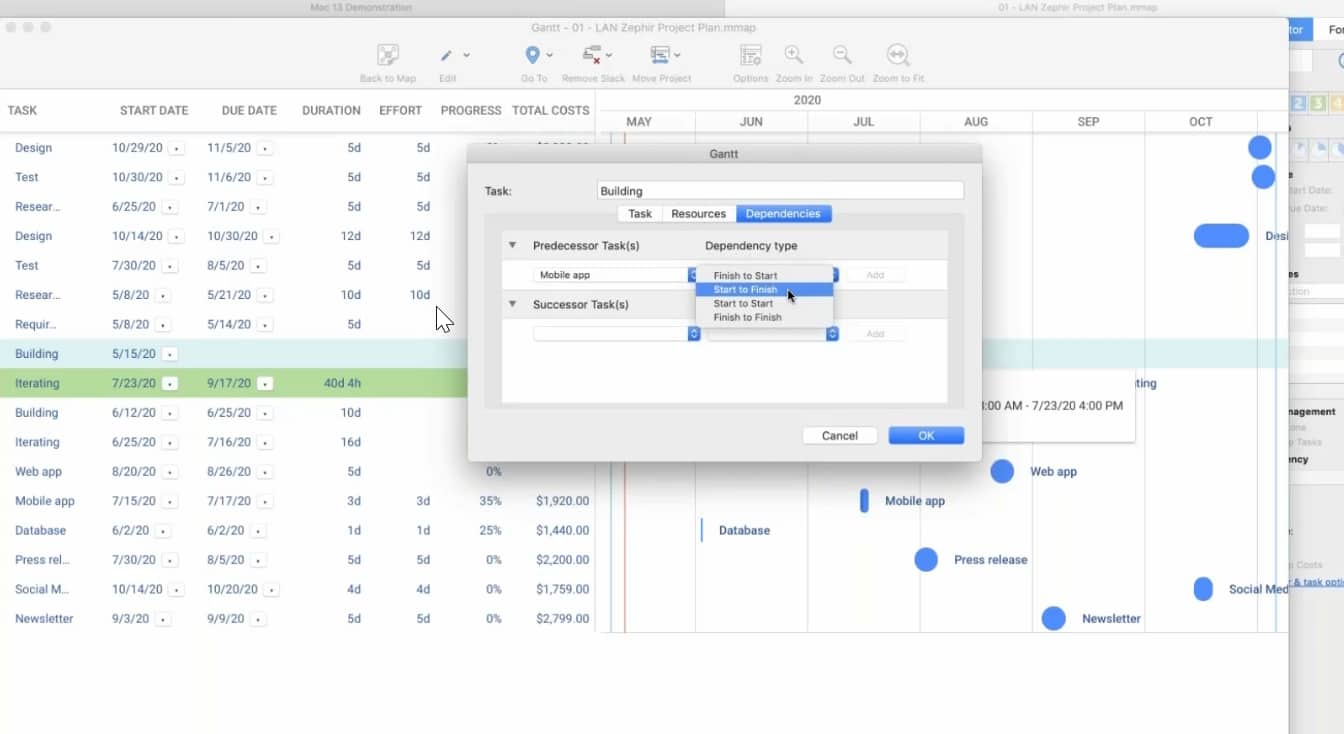Listary is a revolutionary search utility for Windows that makes finding your files. Experienced and clever Mac users know where everything goes—what the Library folder is for, where the preferences are stored, and what happens when you delete the wrong thing from a user's Home.
Download Everything 1.4.1.992
ChangesWhat's NewOlder VersionsLicenseSHA256Supported LanguagesHelp
All Everything Downloads
| Installer | x86 | Multilingual | 1521 KB |
| Installer | x64 | Multilingual | 1614 KB |
| Installer | x86 | Multilingual | 1489 KB |
| Installer | x64 | Multilingual | 1576 KB |
| Installer | x86 | Multilingual | 1568 KB |
| Installer | x64 | Multilingual | 1698 KB |
| Installer | x86 | Multilingual | 1526 KB |
| Installer | x64 | Multilingual | 1648 KB |
| Installer | x86 | English (US) | 720 KB |
| Installer | x64 | English (US) | 813 KB |
| Portable | x86 | Multilingual | 1424 KB |
| Portable | x64 | Multilingual | 1553 KB |
| Portable | x86 | Multilingual | 1384 KB |
| Portable | x64 | Multilingual | 1503 KB |
| Portable | ARM | Multilingual | 1494 KB |
| Portable | ARM64 | Multilingual | 1553 KB |
| Portable | x86 | English (US) | 736 KB |
| Portable | x64 | English (US) | 865 KB |
| Portable | ARM | English (US) | 806 KB |
| Portable | ARM64 | English (US) | 865 KB |
Download Everything Language Pack
| 688 KB | |
Supported LanguagesHelp | |
Download Everything Command-line Interface
| 76 KB |
Download Everything SDK
| 164 KB |
Download Everything Offline Help
| 1183 KB |
You can use Time Machine, the built-in backup feature of your Mac, to automatically back up all of your files, including apps, music, photos, email, documents, and system files. When you have a backup, you can restore files from your backup if the original files are ever deleted from your Mac, or the hard disk (or SSD) in your Mac is erased or replaced.
Create a Time Machine backup
To create backups with Time Machine, all you need is an external storage device. After you connect the device and select it as your backup disk, Time Machine automatically makes hourly backups for the past 24 hours, daily backups for the past month, and weekly backups for all previous months. Free download mac. The oldest backups are deleted when your backup disk is full.
Connect an external storage device
Connect one of the following external storage devices, sold separately. Learn more about backup disks that you can use with Time Machine.
- External drive connected to your Mac, such as a USB, Thunderbolt, or FireWire drive
- External drive connected to an AirPort Extreme Base Station (802.11ac model) or AirPort Time Capsule
- AirPort Time Capsule
- Mac shared as a Time Machine backup destination
- Network-attached storage (NAS) device that supports Time Machine over SMB
Select your storage device as the backup disk
When you connect an external drive directly to your Mac, you might be asked if you want to use the drive to back up with Time Machine. Select Encrypt Backup Disk (recommended), then click Use as Backup Disk.

An encrypted backup is accessible only to users with the password. Learn more about keeping your backup disk secure.
If Time Machine doesn't ask to use your drive, follow these steps to add it manually:
- Open Time Machine preferences from the Time Machine menu in the menu bar. Or choose Apple () menu > System Preferences, then click Time Machine.
- Click Select Backup Disk (or Select Disk, or Add or Remove Backup Disk):
- Select your external drive from the list of available disks. Then select ”Encrypt backups” (recommended) and click Use Disk:
Everything Software For Mac Versions
Antares autotune 5 for mac. If the disk you selected isn't formatted as required by Time Machine, you're prompted to erase the disk first. Click Erase to proceed. This erases all information on the backup disk.
Enjoy the convenience of automatic backups
Free Mac Software
After you select a backup disk, Time Machine immediately begins making periodic backups—automatically and without further action by you. The first backup may take a long time, depending on how many files you have, but you can continue using your Mac while a backup is underway. Time Machine backs up only the files that changed since the previous backup, so future backups will be faster.
To start a backup manually, choose Back Up Now from the Time Machine menu in the menu bar. Use the same menu to check the status of a backup or skip a backup in progress.

Learn more
- If you back up to multiple disks, you can switch disks before entering Time Machine. Press and hold the Option key, then choose Browse Other Backup Disks from the Time Machine menu.
- To exclude items from your backup, open Time Machine preferences, click Options, then click the Add (+) button to add an item to be excluded. To stop excluding an item, such as an external hard drive, select the item and click the Remove (–) button.
- If using Time Machine to back up to a network disk, you can verify those backups to make sure they're in good condition. Press and hold Option, then choose Verify Backups from the Time Machine menu.
- In OS X Lion v10.7.3 or later, you can start up from your Time Machine disk, if necessary. Press and hold Option as your Mac starts up. When you see the Startup Manager screen, choose “EFI Boot” as the startup disk.
